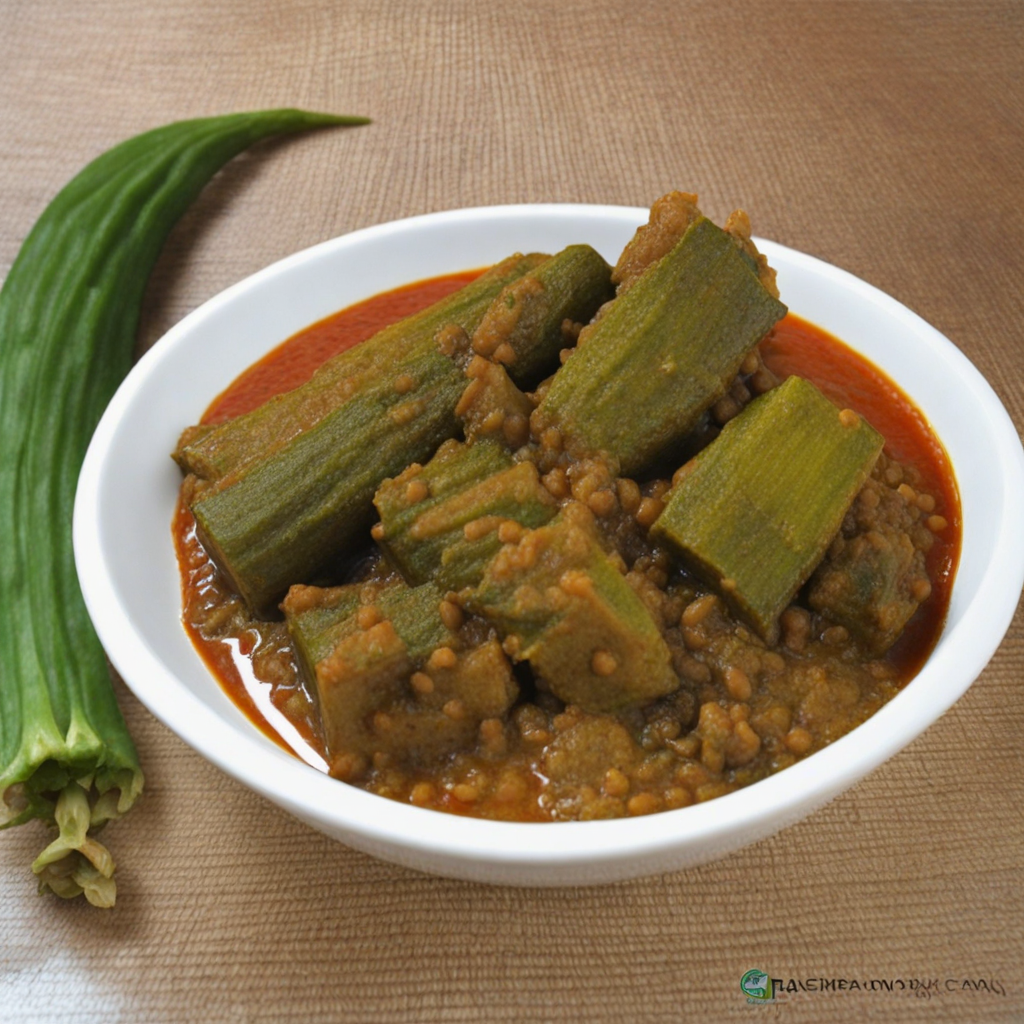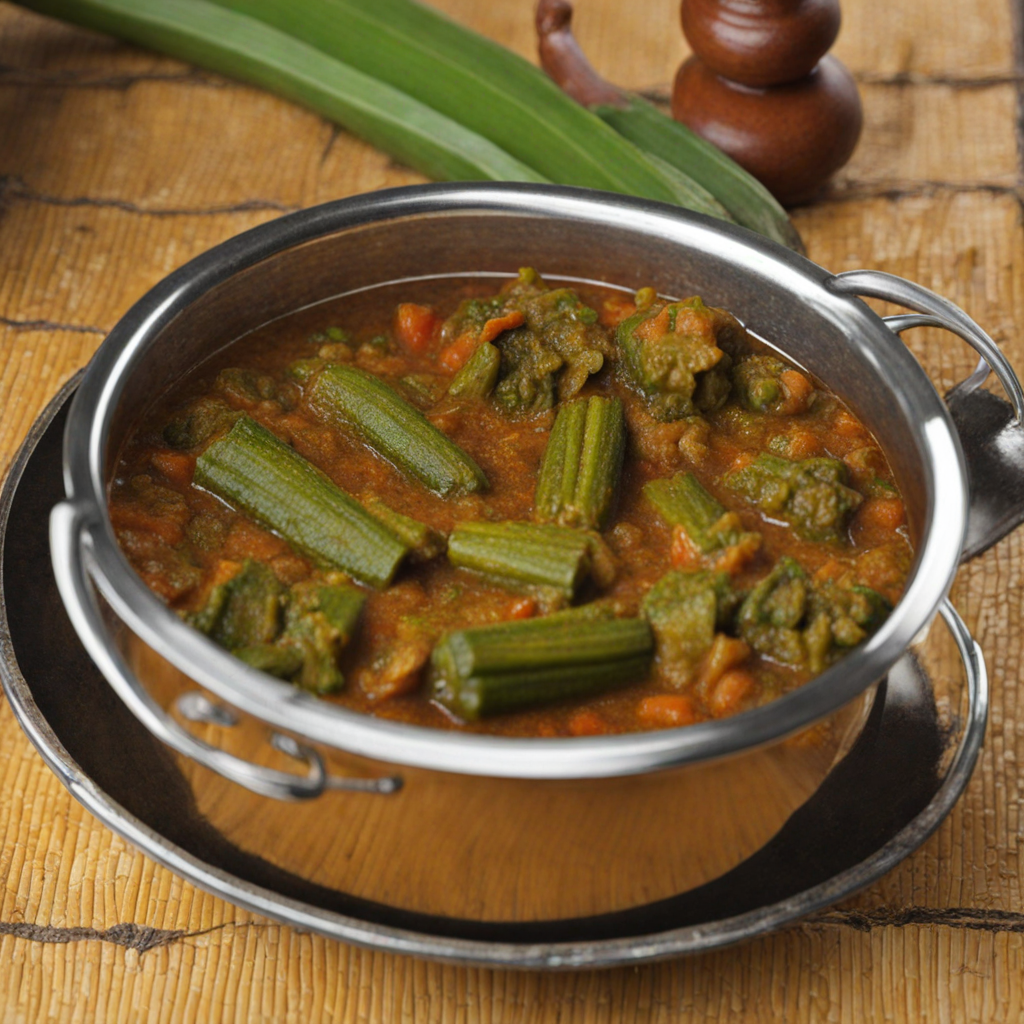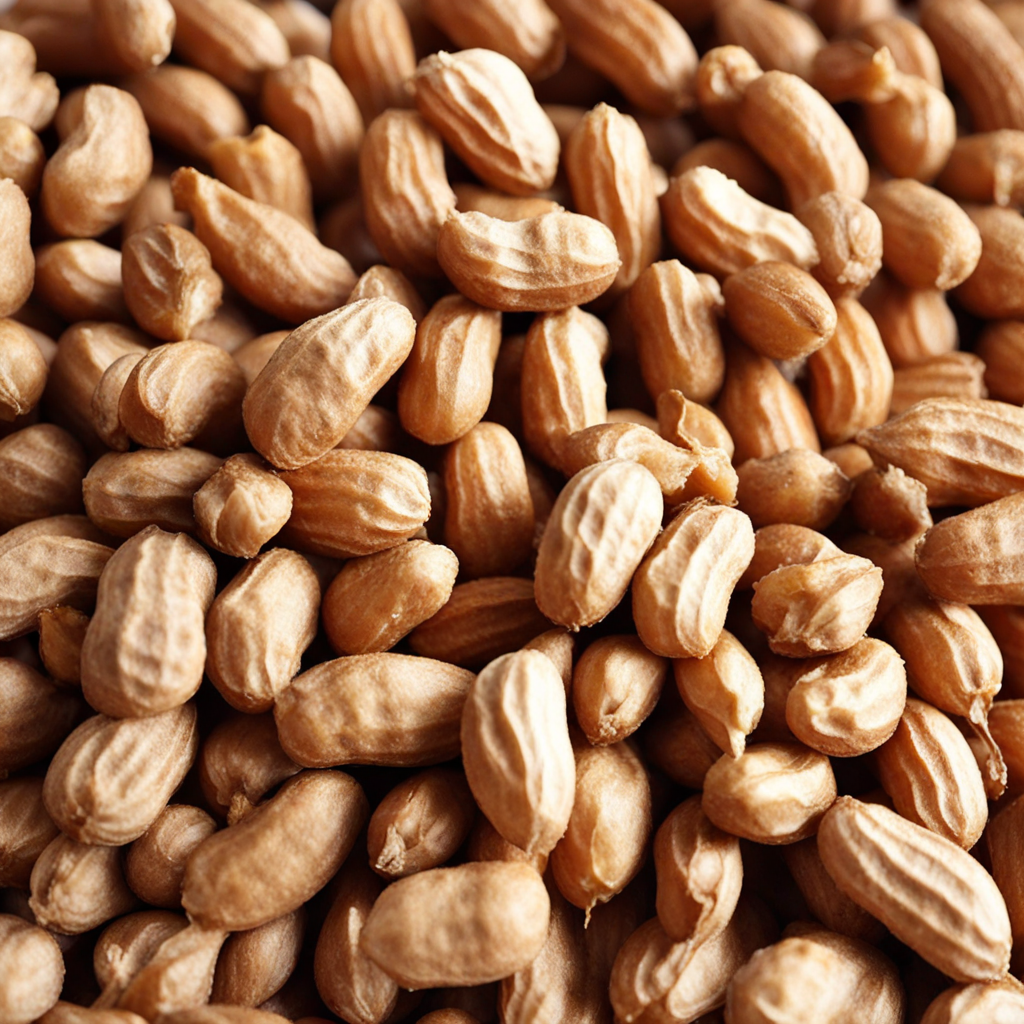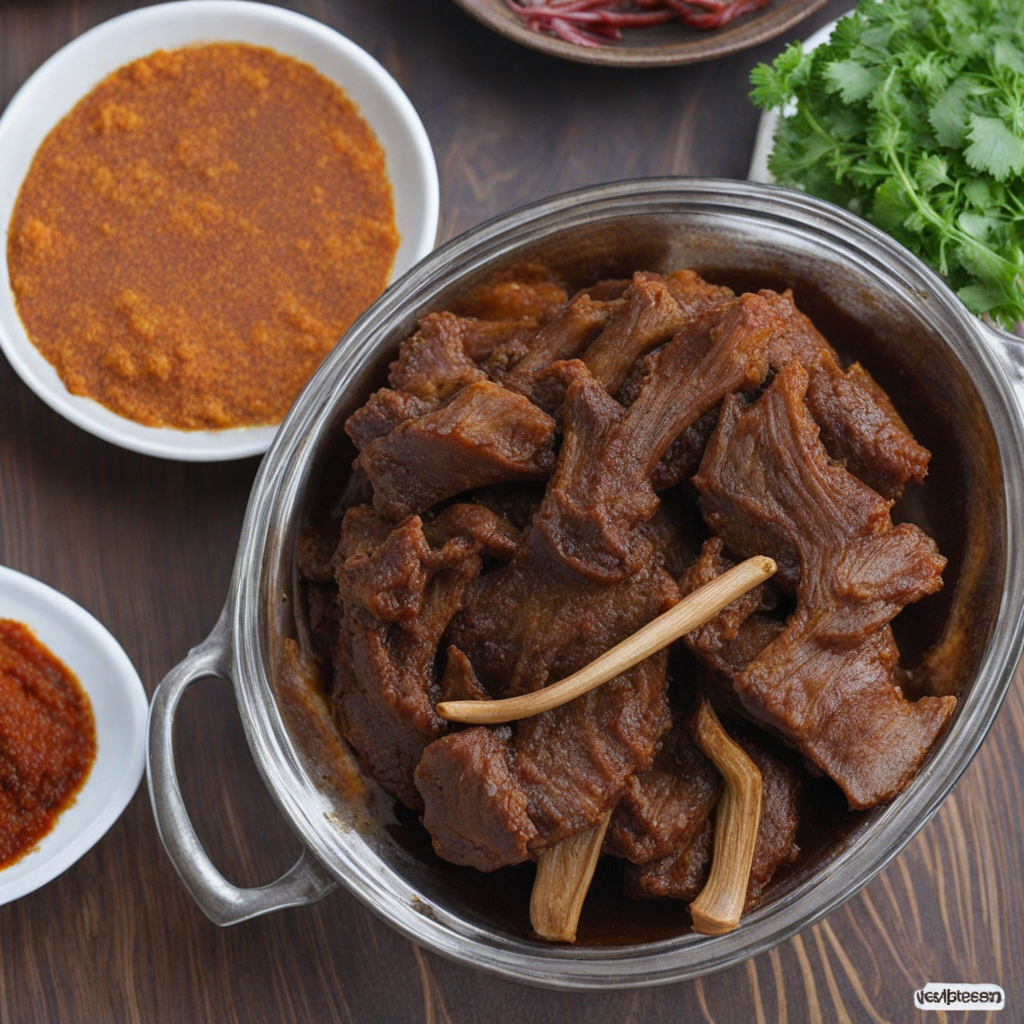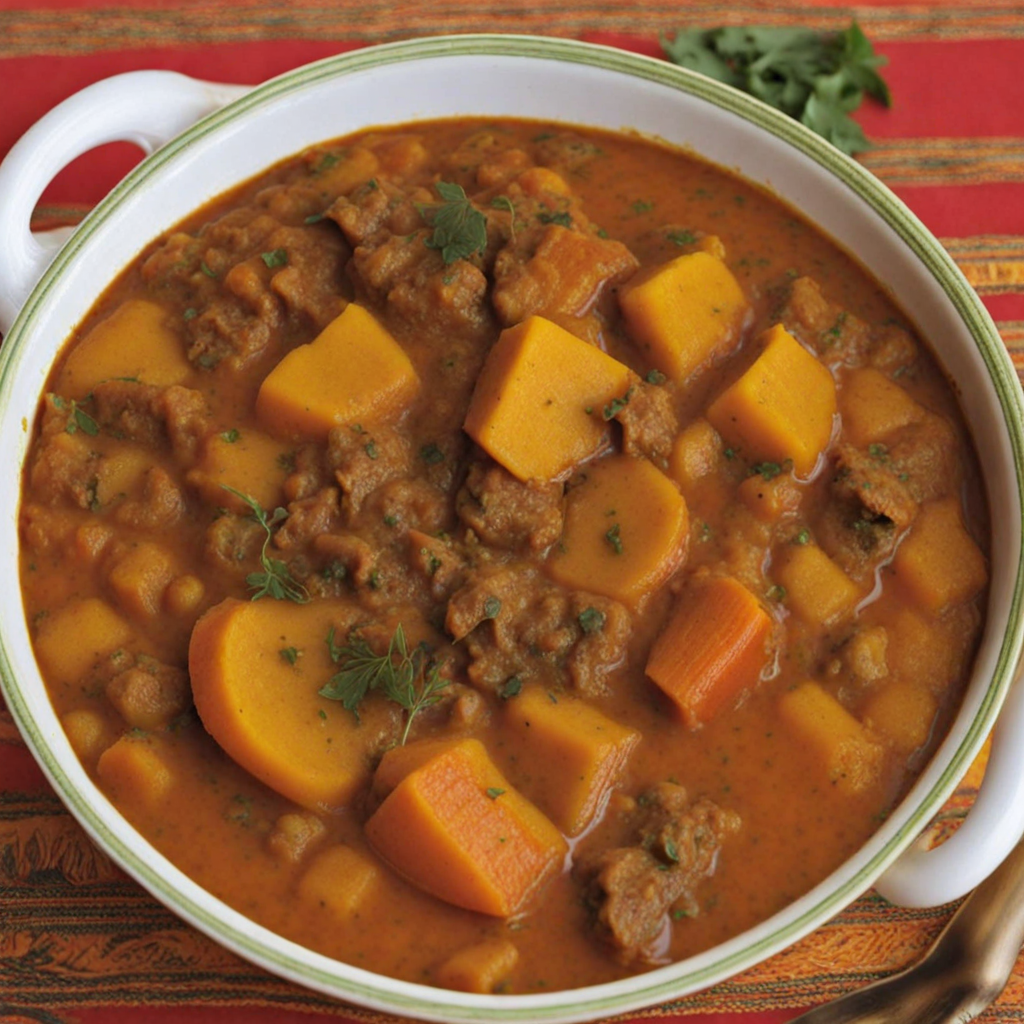Okra Stew
Okra Stew, a vibrant dish from Niger, showcases the unique flavors of West African cuisine through its rich and hearty ingredients. The star of the dish is, of course, the okra, which is often sliced to release its mucilaginous texture, creating a delightful thickness in the stew. This slimy consistency is not only comforting but serves as a natural thickener, binding together the fresh vegetables, spices, and proteins used in the preparation. Typically, the stew incorporates a variety of vegetables such as tomatoes, onions, and bell peppers, all simmered to perfection, allowing their flavors to meld beautifully. The seasoning of Okra Stew is a crucial element, often featuring a blend of traditional spices that enhance the dish's complexity. Common seasonings include garlic, ginger, and chili peppers, which add warmth and depth. In some versions, you may also find the use of ground nuts or seeds, such as peanuts, which contribute a nutty richness that complements the earthiness of the okra. The stew can be made with various proteins, including chicken, goat, or fish, which absorb the aromatic flavors during cooking, making each bite a delightful explosion of taste. Served with a side of rice or fufu, Okra Stew invites you to experience a taste of Niger that's both nourishing and satisfying. The dish is not merely a meal; it embodies the communal spirit of West African dining, often enjoyed in a shared bowl with family and friends. With each spoonful, you'll discover the harmonious balance of textures and flavors that make Okra Stew a beloved traditional dish, perfect for those looking to explore new culinary horizons.
How It Became This Dish
Gombo: A Culinary Journey Through Niger’s Heritage #### Origins and Early History Gombo, commonly known as okra (Abelmoschus esculentus), is a vegetable that has roots tracing back to Africa and the Middle East. This vibrant green pod is not only celebrated for its culinary versatility but also for its rich historical and cultural significance, particularly in Niger and across West Africa. The origins of gombo can be traced back to ancient Egypt, where it was cultivated for both culinary and medicinal purposes. Its journey spread across the continent, intertwining with the lives of various ethnic groups and becoming a staple in the diets of many. The introduction of gombo to West Africa is believed to have occurred through trade routes that connected the region to the Middle East. By the time it reached Niger, gombo had already established itself as an integral component of various dishes and local cuisines. The plant flourished in the warm, humid climates of West Africa, adapting well to the agricultural practices of the region. #### Cultural Significance In Niger, gombo is more than just a food item; it embodies the essence of community and tradition. The vegetable is featured prominently in traditional dishes, particularly in stews and soups, where its unique mucilaginous texture serves as a natural thickening agent. This characteristic makes gombo a favored ingredient in the preparation of various local delicacies, such as 'soumbala' and 'niter kibbeh,' both of which showcase the vegetable's versatility. Gombo also plays a significant role in cultural rituals and celebrations. During communal gatherings and festive occasions, dishes made with gombo are often prepared and shared among families and friends, reinforcing social bonds and cultural identity. The act of cooking and sharing meals featuring gombo is a ritual that transcends generations, with recipes being passed down as family heirlooms. This continuity of culinary practices highlights gombo's role in preserving Niger's cultural heritage. #### Nutritional Value and Economic Impact Beyond its cultural significance, gombo is lauded for its nutritional benefits. Rich in vitamins A and C, folate, and dietary fiber, gombo contributes to a balanced diet, making it an essential food source in Niger, where food security can be a challenge. Its ability to thrive in arid conditions also makes it a resilient crop, providing sustenance in times of drought when other crops may fail. Economically, gombo is an important cash crop for many farmers in Niger. Its cultivation is often integrated with subsistence farming, allowing families to generate income while ensuring food security. The vegetable is not only consumed locally but is also exported to neighboring countries, contributing to the regional economy. The trade of gombo, particularly to markets in Nigeria and Ghana, has allowed smallholder farmers to improve their livelihoods and invest in better agricultural practices. #### Culinary Traditions and Modern Adaptations Traditional cooking methods in Niger often involve slow-cooking gombo in flavorful stews made with meat, fish, or vegetables. One popular dish, 'gombo soup,' is a hearty blend of okra, spices, and proteins, often served with rice or fufu. The soup is renowned for its rich flavors and the distinctive, slightly slimy texture of the gombo, which enhances the overall mouthfeel of the dish. This culinary tradition reflects Niger's diverse cultural influences, incorporating elements from neighboring countries and different ethnic groups. In contemporary times, gombo has found its way into both traditional and modern cuisines. With globalization and the fusion of culinary practices, gombo is now featured in various international dishes, ranging from Southern American gumbo to Mediterranean stews. Chefs and home cooks alike are experimenting with gombo, incorporating it into salads, stir-fries, and even desserts, showcasing its versatility beyond traditional recipes. The rise of the health food movement has also contributed to the renewed interest in gombo. Its low-calorie count, high fiber content, and potential health benefits, such as aiding digestion and regulating blood sugar levels, have made it a popular choice among health-conscious consumers. As a result, gombo is increasingly appearing in organic markets and health food stores, further solidifying its place in modern culinary trends. #### Challenges and Future Prospects Despite its cultural and economic importance, the cultivation of gombo faces challenges. Climate change, land degradation, and urbanization pose significant threats to traditional farming practices. Farmers in Niger must contend with unpredictable weather patterns and the encroachment of urban areas, which can limit agricultural land. Additionally, the lack of access to modern agricultural techniques and resources can hinder the productivity of gombo farming. Efforts to promote sustainable agricultural practices and support local farmers are essential for ensuring the continued cultivation of gombo. Organizations and NGOs are increasingly working to provide resources, training, and access to markets for smallholder farmers in Niger. These initiatives aim to empower communities and preserve the cultural significance of gombo while addressing the economic challenges they face. #### Conclusion Gombo is a vegetable that encapsulates the rich history and cultural heritage of Niger. From its ancient origins to its significance in contemporary cuisine, gombo represents a connection to the land, the people, and their traditions. As Niger navigates the challenges of modernity and environmental change, the resilience of gombo as a crop and a cultural symbol remains vital. It serves as a reminder of the importance of food in fostering community, preserving identity, and sustaining livelihoods. Gombo is not just a vegetable; it is a testament to the enduring spirit of the people of Niger and their relationship with their culinary heritage.
You may like
Discover local flavors from Niger


